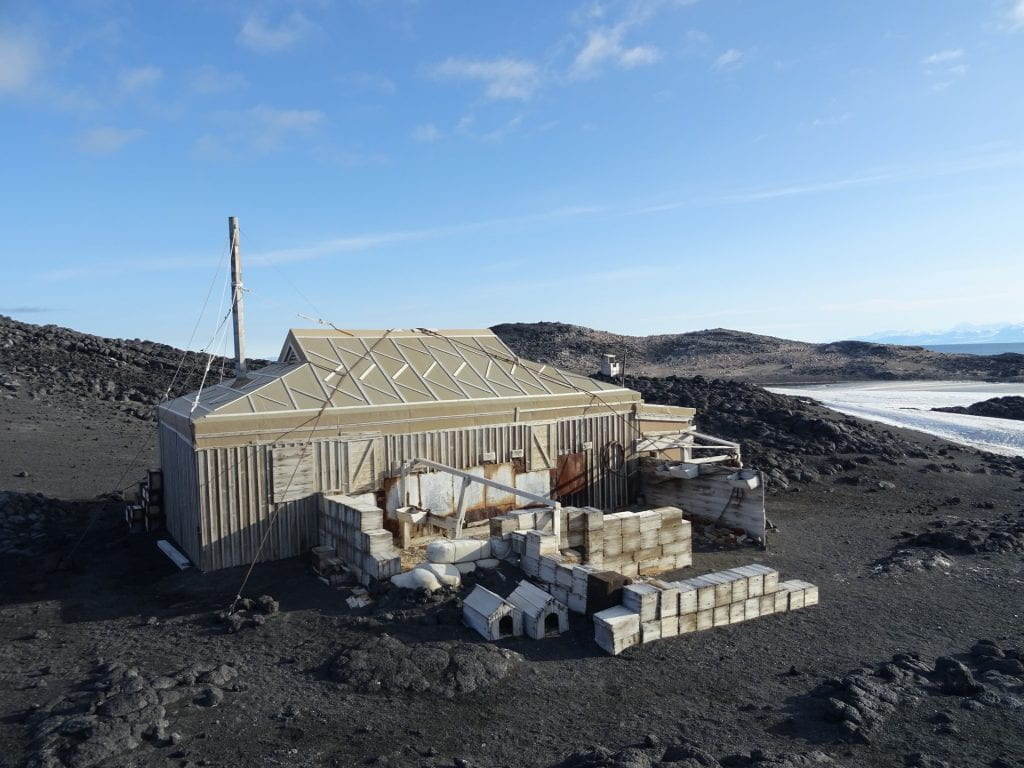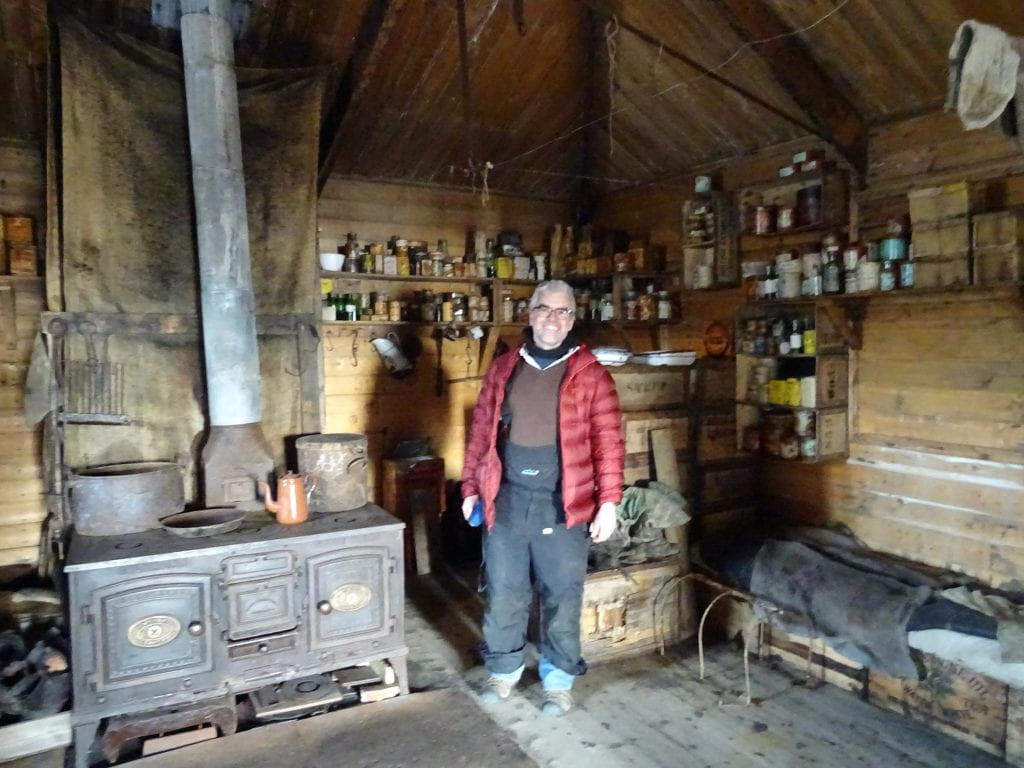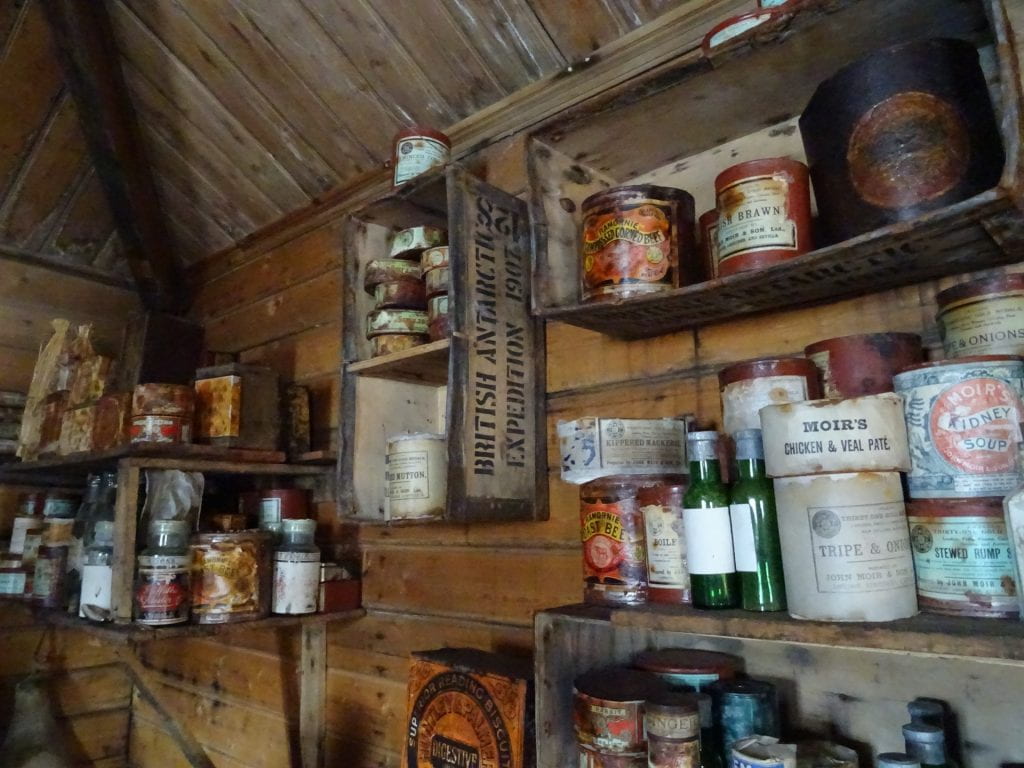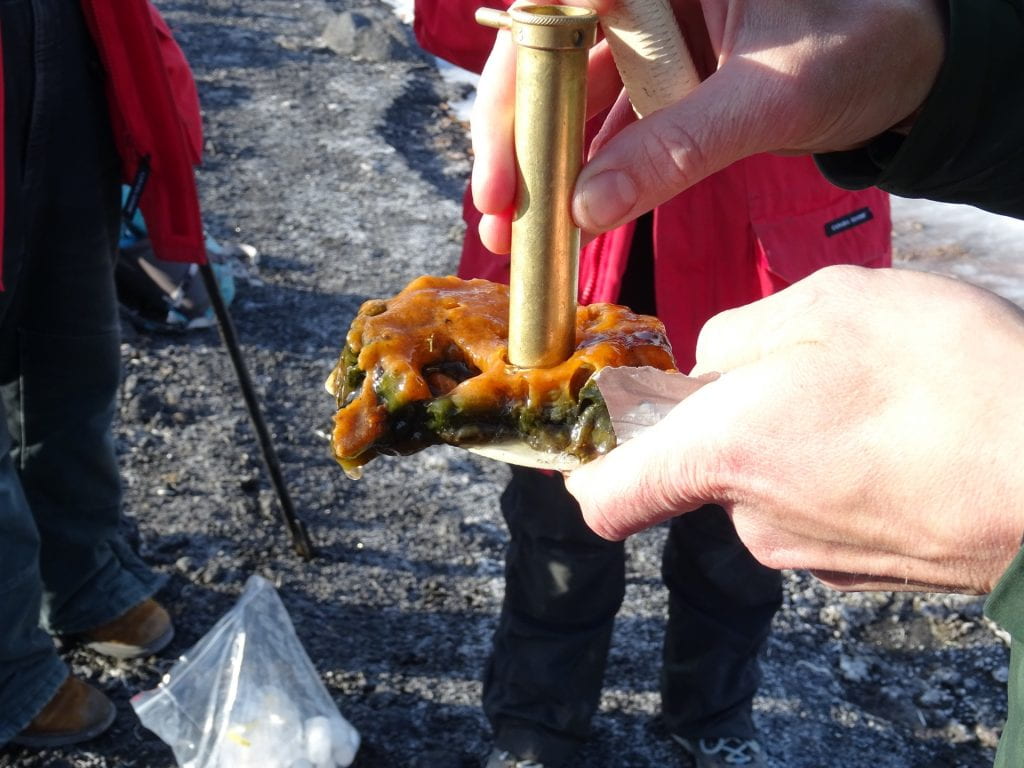Getting stuck in Antarctica is not quite as exciting as it sounds, writes Dr. Adrian Howkins.
Most of the time it involves checking monitors, being driving to and from the runway, and just sitting and waiting. But at the very end of my recent extended stay at the US McMurdo Station I had an opportunity to visit Ernest Shackleton’s ‘heroic era’ hut at Cape Royds.
For a polar historian, it was an evening that made the delay seem worthwhile.
I was in Antarctica working with the soils team of the McMurdo Dry Valleys Long Term Ecological Research (LTER) site. We were visiting sites of former scientific field camps in this predominantly ice-free region of Antarctica to collect soil samples to see if we could detect any continuing environmental legacy of human presence, thirty or forty years after the structures were removed (the initial results suggests that we can). It was a very productive and enjoyable season until bad weather and mechanical problems with the plane delayed my flight north to Christchurch in New Zealand for almost a week.
On what turned out to be my last evening in Antarctica, some colleagues from the McMurdo Dry Valleys LTER were flying by helicopter to Cape Royds on Ross Island to take samples of the soils and ponds around the site of the hut of Ernest Shackleton’s British Antarctic Expedition of 1907-1909. Knowing that I had done the training to be a ‘hut guide’ for entering the three historic huts in and around McMurdo Station (Captain Scott’s huts from the Discovery and Terra Nova expeditions, and Shackleton’s hut at Cape Royds from the Nimrod expedition) they invited me along so that they could see inside.
I’d visited Shackleton’s hut a couple of times before on previous trips to Antarctica. But the experience of stepping back in history as you enter the hut never gets old.
The Cape Royds structure feels light and airy, especially in comparison to Captain Scott’s two huts. The different designs of these early twentieth century huts have been used to highlight the different leadership styles of these two famous Antarctic explorers, with Scott’s naval discipline reflected in the compartmentalised design of the Terra Nova hut at Cape Evans and Shackleton’s more egalitarian leadership style reflected in the more open plan layout at Cape Royds.
Such comparisons are not entirely fair, since Shackleton’s hut would have seemed a lot less light and airy when it was crowded with men in the middle of the darkness of the Antarctic winter. But the architectural choices made by the two explorers can still tell us something about their differing approaches to Antarctic exploration.
The Royds hut is full of the material culture of early twentieth century exploration, which has been painstakingly restored by the New Zealand Antarctic Heritage Trust. Tins of corned beef, canned fish, and ‘Irish Brawn’ give us clues about their diet. A jar of decayed pickled lemons demonstrates an awareness of the dangers of scurvy, which had blighted Shackleton’s first trip to Antarctica on Scott’s Discovery expedition. Copious quantities of table salt hints at the need to preserve and eat penguin and seal meat as a supplement to the diet of canned food.
Less obvious as a historical source are the ice-covered ponds located near Shackleton’s hut. The biologist on the expedition, James Murray, collected samples of algal mats, which he deposited with the British Museum of Natural History on return from Antarctica. The microscopic diatoms contained in these samples can be used to compare the Antarctic environment in the early twentieth century with the Antarctic environment today. Most of the diatom populations in the ponds remain largely unchanged. The only pond where there has been a major shift in diatom taxa is Pony Lake, immediately in front of the hut. We initially thought that this might have been caused by the presence of humans at Cape Royds, but it appears that the change is more likely the result of fluctuations in the local penguin population.
As I flew back to McMurdo Station from visiting Cape Royds I reflected on the feeling of being delayed in Antarctica.
Home feels a lot further away when your efforts to get back are being frustrated, even just for a few days. On Shackleton’s third expedition to Antarctica on board the Endurance, his ship sank and his men ended up spending four and a half months stranded on Elephant Island with only a small chance of rescue.
In the event all members of this expedition were saved, and Shackleton gained a reputation as the Antarctic explorer who ‘never lost a man’. Getting back to Bristol a few days late pales in comparison to the experience of these early explorers, but it still offers a timely reminder of the power of the Antarctic environment to frustrate the best laid plans.




